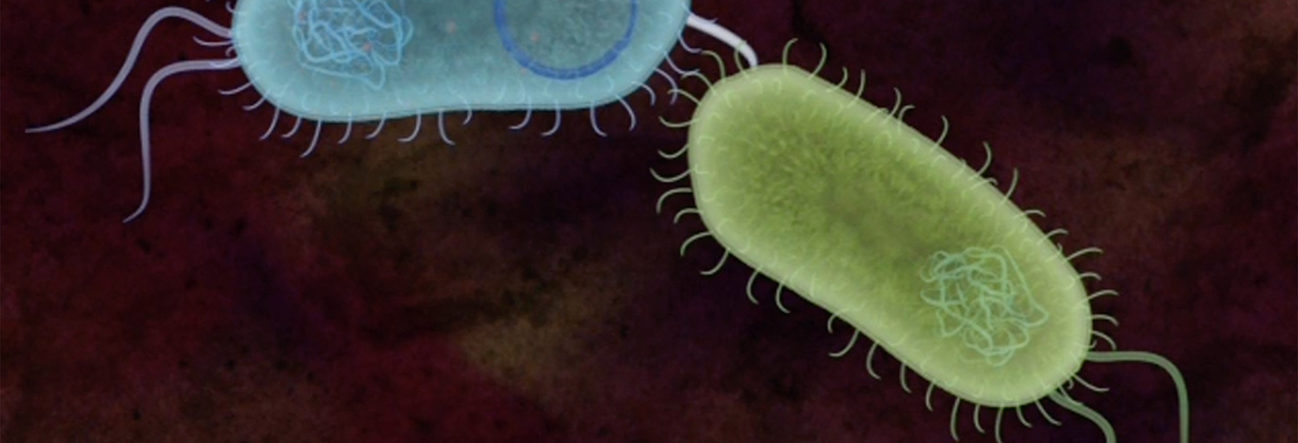Join us for conversations that inspire, recognize, and encourage innovation and best practices in the education profession.
Available on Apple Podcasts, Spotify, Google Podcasts, and more.

The COVID-19 pandemic has many of us thinking about infectious disease, and how our individual choices affect the health and welfare of our communities.
This week, we’re featuring several series that discuss the intersection of community and health, with content that you can use to frame lessons about COVID-19.
Rediscovering Biology: Molecular to Global Perspectives is a series about recent developments in science designed for high school biology teachers. Produced in 2003, Rediscovering Biology is a snapshot of the state of the life sciences at the beginning of the 21st century. The Emerging Infectious Diseases unit describes how viruses and bacteria infect human beings and cause illnesses. The lessons it teaches are as powerful as ever. It talks about how scientists fight their spread, and how we can change our habits in order to protect ourselves. The series combines interviews with experts in the fields of medicine, genomics, microbiology and biophysics. Together, these experts survey the efforts of the public health community to understand and contain the reemergence of diseases that many of us thought had been beaten by modern medicine:
The Habitable Planet: A Systems Approach to Environmental Science is designed for high school science teachers and undergraduate students. Produced in 2007, its Human Population Dynamics unit examines how increasing population density, climate change and patterns of human consumption affect the quality of our lives. It is a particularly relevant series for this Earth Day week, as the challenges we face have only grown.
Disease Lab is an interactive activity contained within the Habitable Planet series. Part of the Human Population Dynamics unit, Disease Lab shows how the ways in which people interact with each other can affect the severity and breadth of an epidemic. Users can modify the population density, level of social interaction, and vaccination rate of a simulated population. They can then record the rates of death, immunity, and infection that result after exposure to a set of fictional diseases such as Kold, Neasles, or Impfluenza.
Against All Odds: Inside Statistics is a video series that uses practical examples from a variety of disciplines to illustrate the principles of statistics. In Inference for Two-Way Tables, Dr. Pardis Sabeti, a computational geneticist at Harvard University, studies outbreaks of Lassa fever in West Africa. While examining the phenomenon of genetic resistance to disease, she notes that children born with the non-expressing gene for Sickle-cell disease also seem to have a resistance to malaria. Pardis uses a two-way table to compare the hemoglobin genes of children suffering from malaria, in order to determine whether the apparent connection between Sickle-cell disease and malaria resistance is statistically significant.
Additional Resources for Teaching About Infectious Diseases and COVID-19: